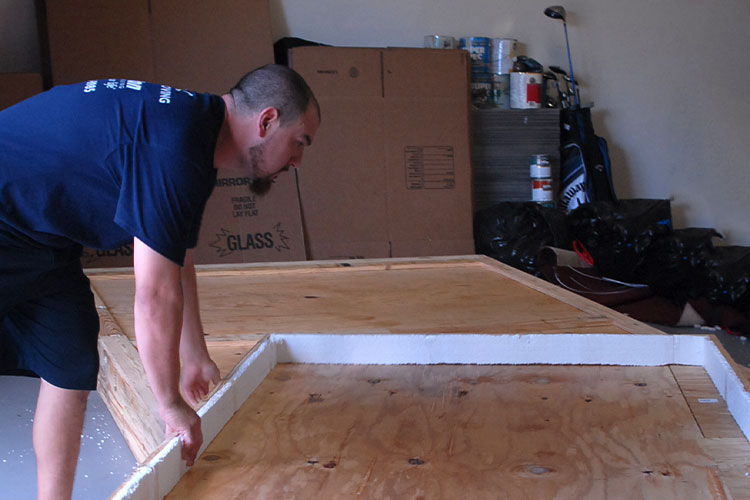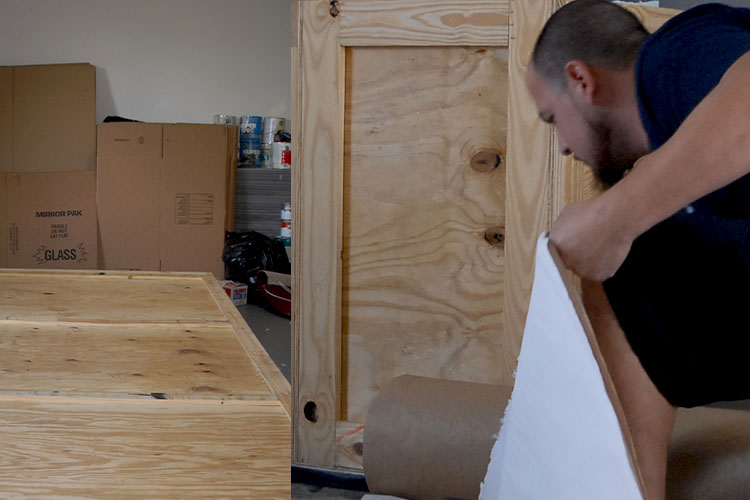Moving to a new home can be an exciting adventure, but it often comes with its fair share of stress and uncertainty, especially when it comes to deciphering moving estimates. Understanding these estimates is crucial for making informed decisions and avoiding potential pitfalls along the way. In this blog post, we’ll explore some strategies that can empower consumers to navigate the world of moving estimates with confidence.
Start with Research: Before diving into the moving estimate process, take some time to research different moving companies in your area. Look for reputable companies with positive reviews and a track record of reliability. Websites like Yelp, Google Reviews, and the Better Business Bureau can be valuable resources for gathering information about movers’ reputations and customer experiences.
Request Multiple Estimates: Don’t settle for the first estimate you receive. Instead, reach out to several moving companies to request quotes for your move. This will not only give you a better sense of the average cost but also allow you to compare services and options offered by different companies.
Understand the Different Types of Estimates: Moving estimates typically come in three forms: binding, non-binding, and binding-not-to-exceed. It’s essential to understand the differences between these types of estimates to avoid any surprises on moving day. A binding estimate guarantees the final cost of the move, while a non-binding estimate provides an approximation that could change based on the actual weight or volume of your belongings. A binding-not-to-exceed estimate ensures that you won’t pay more than the agreed-upon amount, even if the actual cost exceeds the initial estimate.
Ask Questions: Don’t hesitate to ask the moving company for clarification if you don’t understand something in the estimate. It’s crucial to have a clear understanding of all the charges and fees involved in your move. Ask about any additional services, such as packing or storage, and inquire about potential extra charges for items like bulky furniture or long carries.
Read the Fine Print: Before signing any contracts or agreements, carefully read through all the terms and conditions outlined in the estimate. Pay close attention to any clauses related to liability, insurance coverage, cancellation policies, and dispute resolution procedures. If anything seems unclear or ambiguous, don’t hesitate to seek clarification from the moving company.
Get Everything in Writing: Once you’ve agreed on a moving estimate, make sure to get a written contract that clearly outlines all the details of the move, including the pickup and delivery dates, the final cost, and any special instructions or requests. Having everything in writing will help protect you in case of any discrepancies or misunderstandings down the line.
By following these strategies, consumers can approach the process of deciphering moving estimates with confidence and clarity. Remember that knowledge is power, and taking the time to understand your moving estimate can ultimately save you time, money, and stress on moving day. Call Weston Florida Movers at 800-330-8985





